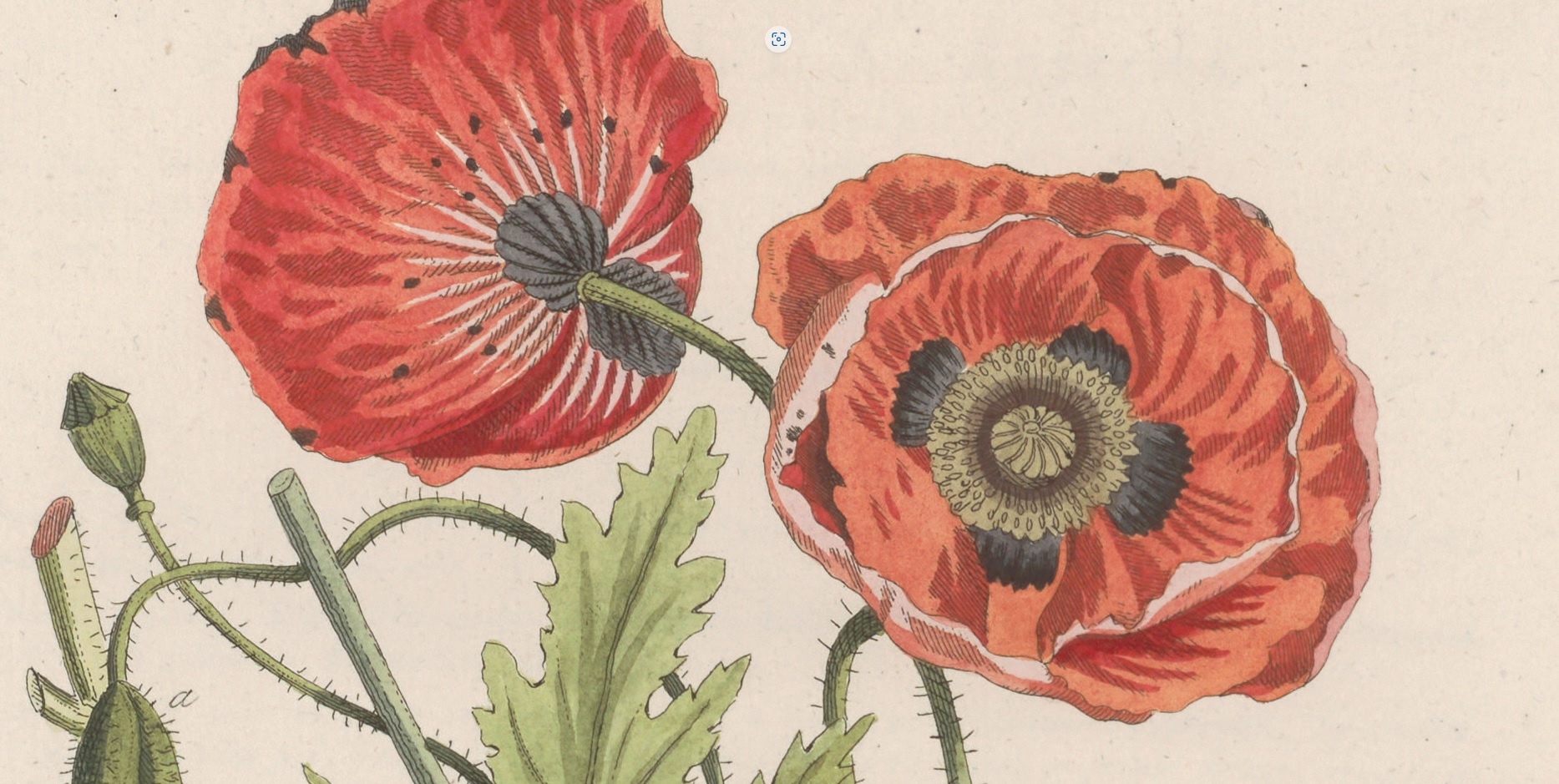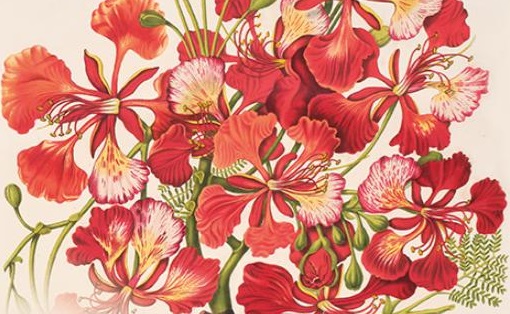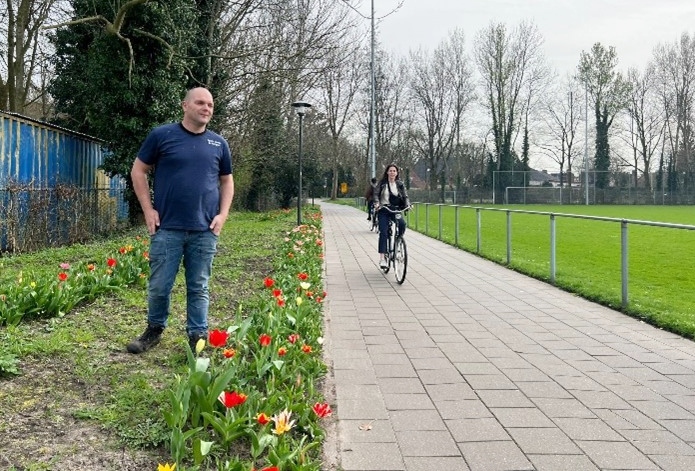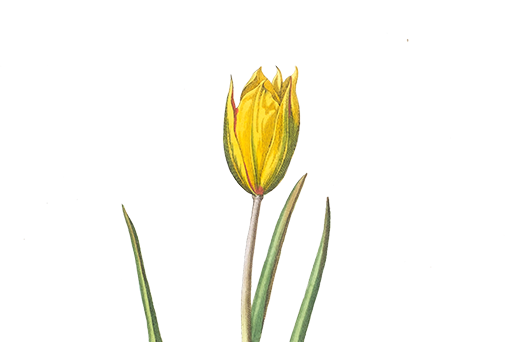The original prints for the Flora Batava are tiny works of art. And as conservator Anneke Groen proudly points out, the library’s Special Collection owns about a thousand of them. That’s almost half of all the 2240 prints that were made for the Flora Batava between 1800 and 1934. The exhibition about the Netherlands’ first illustrated Flora opens on Wednesday.
The exhibition is being held to mark the re-publication of ‘the Flora’ by the publishing house Lannoo in early June. The book features all the original prints. A hundred of them are being published in their true size with their original text and a new narrative written by a contemporary scientist. The 65 authors include eight WUR scientists, each focusing on a plant or group of plants.
Individual publications
The original Flora Batava was a project by the Jan Christiaan Sepp publishing company. Close examination reveals that it’s not a single book, but a series of individual publications, each of them focusing on a small number of plants. “People subscribed to the series, and then periodically you’d be sent one of these little parcels,” explains Groen. “You could then put them together in a binder as you wished.”
Each Flora Batava is therefore somewhat unique. Groen: “Ordinarily a Flora would have been put together with a specific structure, but there’s no logic to this one. That’s because this particular work emerged organically, describing whatever had been found. You could of course introduce some logic to it yourself. We have one book, for example, where the owner introduced an alphabetical system. We have a variety of books in the collection.”
1500 guilders
And so the library has about half of the original drawings that were used for the Flora. How were those acquired? Groen’s research found that they were bought. In early 1948, the drawings were purchased from an antique dealer for 1500 guilders. “We suspect they were part of the inventory from the Sepp publishing company, which published the Flora Batava up to its 13th edition. We have almost all of those drawings.”
Each Flora Batava had a print run of several hundred copies. “The subscribers would be listed in part one,” says Groen. “The Dutch government also bought quite a few, to give away as gifts. They were valuable publications aimed at well-to-do people. They were produced on a subscription basis and as a series, so that you could pay for them in instalments.” Sepp produced similar series on the birds and insects of the Netherlands.
They were produced on a subscription basis and as a series, so that you could pay for them in instalments
Anneke Groen, conservator, Special Collections
The exhibition of course includes a number of different Flora Batavas. It also features the forerunners of the book: encyclopedias of herbs, and beautifully illustrated descriptions of plants from the colonies. There’s a particular focus on Jan Kops, a name well known at WUR because the building that preceded the current university library was the Jan Kops House (now demolished). As well as being an agronomist, Kops was also a botanist and the editor and author of the first parts of the Flora Batava.
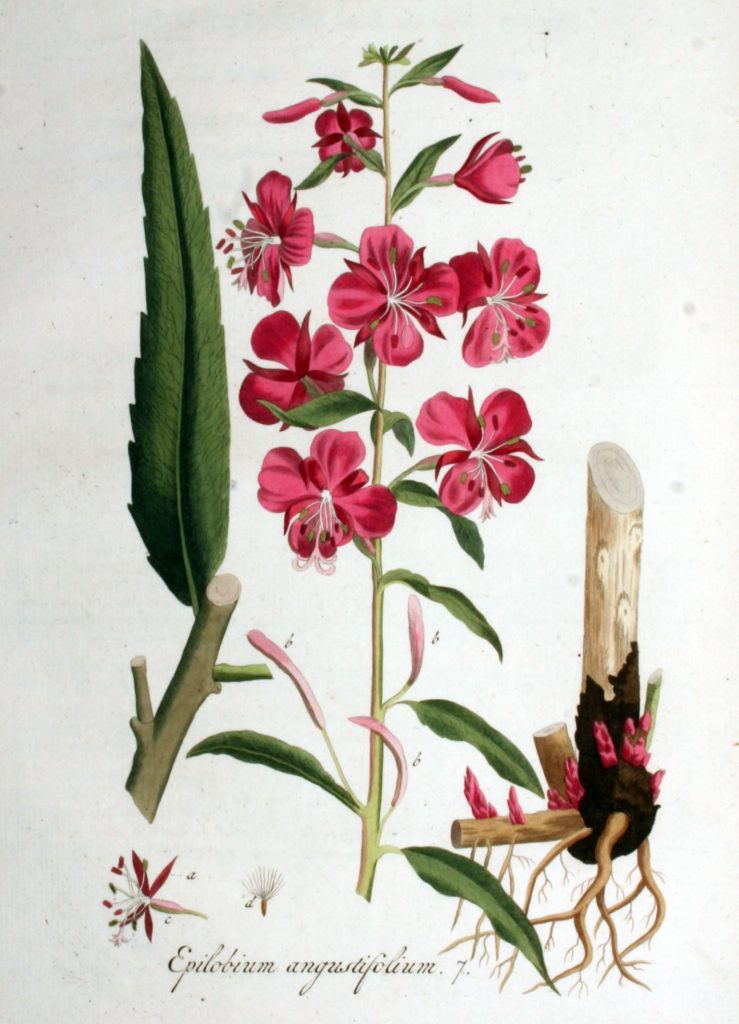
Wageningen authors
Groen also draws attention to the Wageningen authors featured in the newly republished version of the Flora Batava. One of them is Anastasia Stefanaki, a visiting researcher in tropical botany, who has written about the wild tulip. At the opening of the exhibition she will be speaking about her research into this tulip species. The other Wageningen authors are Liesje Mommer, Joop Schaminee, Tinde van Andel, former conservator Liesbeth Missel, José van Paassen, Nils van Rooijen and Groen herself.
Who knows, maybe people will become so enthusiastic about what we have here that we secure some funding
Anneke Groen, conservator, Special Collections
Alongside the exhibition at WUR, the National Library of the Netherlands/Huis van het Boek in The Hague and the Hortus Botanicus at Leiden University are also putting the spotlight on the Flora Batava. Naturalis in Leiden owns the other half of the original prints. But they’re also available to view online, and will soon be available on the website of the National Library of the Netherlands, which has scanned the printed version of the book.
High-resolution originals
The original Wageningen drawings are not yet available online, much to Groen’s regret. She would love to make those thousand originals available in high resolution. “But we would need funding for that. Who knows, maybe people will become so enthusiastic about what we have here that we secure some funding.”

